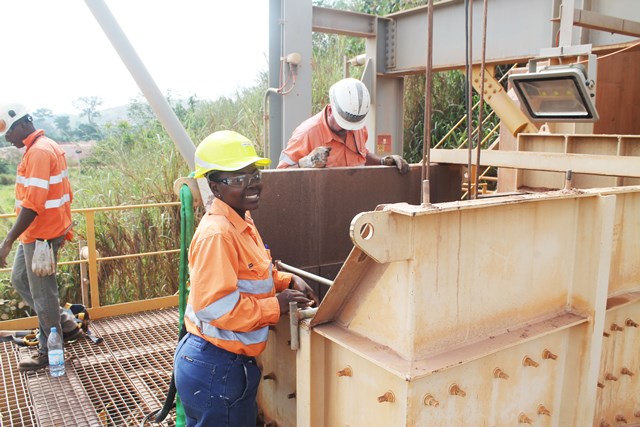It has recently been reported that 48% of South Africa’s construction companies are owned by women, according to the Construction Industry Development Board (CIDB). Although this is a positive representation in a mostly male dominated industry, it is vital that this number continues to grow.
This is according to Desirè Paterson, Office Manager at the Master Builders Association for the Western Cape (MBAWC), who says the construction industry is multifaceted and, as such, it is important to highlight different areas for women to take advantage of. “One sector that we have chosen to highlight this Women’s Month is the construction supplier industry.” With this in mind, the MBAWC spoke to several female members to gather their advice for other women wanting to pursue a career in construction to help grow the industry. “In order to continue this positive gender parity in the country, it is key to assist females to enter into construction by way of lessons learned by women and mentorship provided by women,” she adds.
Nelia Jansen, managing director at Watertite, pointed out that when she started her journey in the industry in 1983, she faced many challenges along the way. “It was very hard to make men believe that you can do the job properly, but now they are so much more accepting. We paved the way for all the new women in construction.” When asked to give her advice for aspiring women who wish to enter the industry, Jansen said: “Don’t be scared to start at the bottom and be eager to learn. The more you get involved and the more questions you ask the more you will be noticed for a promotion.”
As the construction industry is multifaceted, so are the job opportunities. Sweetness Kalipa works in sales at W&B Handles Hinges & Locks. She says that being on the front desk meeting new people almost every day has been a productive challenge for her and she has gained sound experience through her customers. “This has inspired me to want more exposure to the previously male dominated world of construction.” Kalipa says that she would advise women to grab the bull by the horns when it comes to working in construction. “It is no longer a gender-based field and opportunities are open for everyone.”
Furthermore, it highly encourages women to balance the scales, she continues. “This is an industry where you will learn every day and meet different people. In order to succeed it is important to be honest and enthusiastic as well as be a hard and smart worker.” But most importantly, she says: “Enjoy every challenge you face because it will help you learn and grow.”
Tania van Tonder, Human Resources Executive for PERI Southern Africa says although the industry is considered a male dominant one, being part of a team that supplies the industry with Formwork, Scaffolding and Engineering solutions, she has experienced how its customers respect and value competent women.
“Through our involvement in a number of initiatives, I’ve also been privileged to see young women qualifying in Civil Engineering and establishing themselves in the industry,” she says. Van Tonder points out that women and men are designed differently for a reason, but in combination they make a very powerful team. “We should continue to market the industry to young women, support their development and create platforms and opportunities within our businesses to allow them a meaningful space within the industry.” Offering her advice to aspiring women wishing to enter into construction, van Tonder says: “Get to know the industry, spend time in the customer’s shoes to understand their expectations and needs, equip yourself with knowledge, skills and experience to offer a consistent, exceptional service and/or product.”
Desirè Paterson says that MBAWC is excited to see more women entering the industry as the world is shifting to focus more on competence and less on gender roles. “Our aim is to continue to empower and support our female members whilst inspiring others to take up careers in construction and contribute to the sector as well as their own growth and development,” she concludes.

